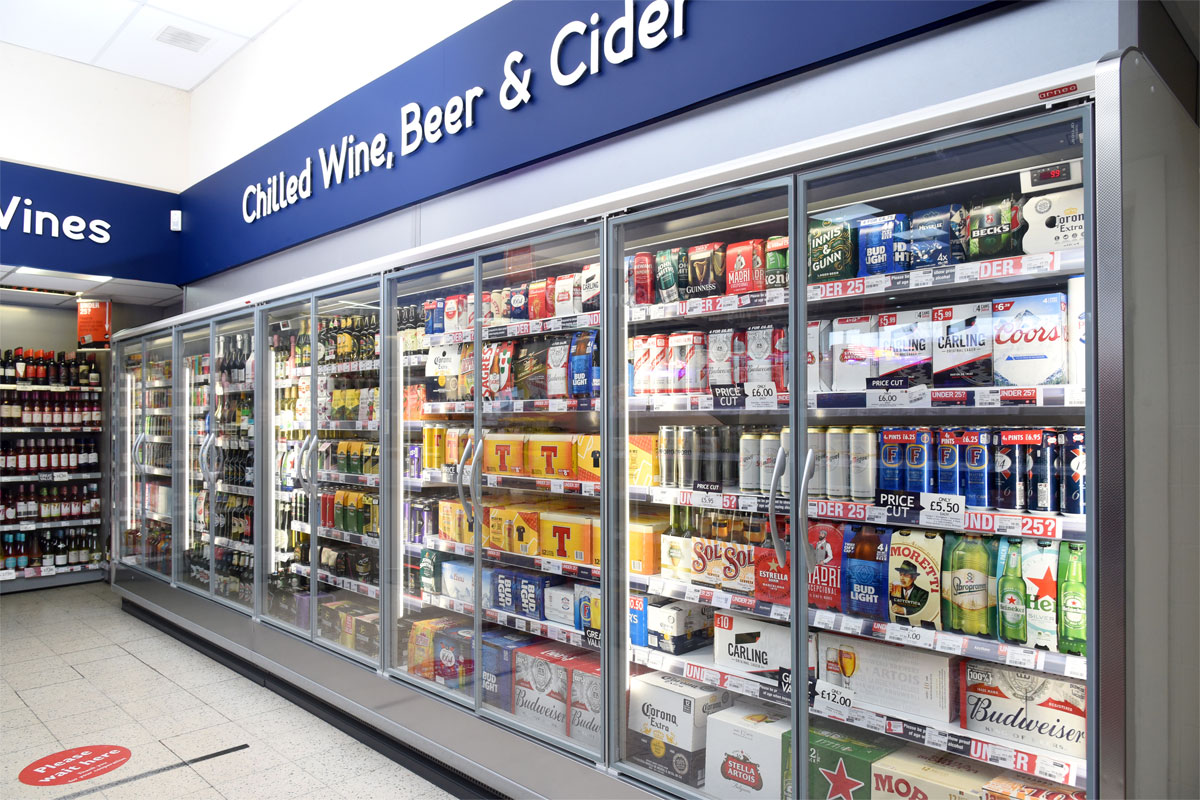Rate of inflation remains stagnant between months

THE annual rate of inflation remained stagnant in the year to the end of August even with easing costs across key categories, according to the Office for National Statistics (ONS).
Overall, the CPIH figure stood at 3.1% for the year to the end of August, seeing no change from the figure in July. The figure in July also marked the first rise to overall inflation this year.
While this is surely a discomfort for some, there was some good news to be found. Food and non-alcoholic beverages saw a slight fall of 0.2 percentage points to 1.3% in August while Alocohol and Tobacco dropped down to 5.7%, marking a larger fall of 1.5 percentage points.
The dropping goods figures has been welcomed from industry bodies such as the Food and Drink Federation (FDF), who believes that the sector needs further investment now to help drive growth.
Balwinder Dhoot, director for sustainability and growth at the FDF, said: “We’re pleased to see that food and drink price inflation remains steady, reflecting the ongoing stabilisation of production costs across the supply chain.
“However, while recent economic and policy volatility has eased, investment in our sector is key to ensuring it can continue to prosper and grow.
“By putting the food and drink industry at the heart of its industrial strategy, government can strengthen the nation’s food security, boost investment and support more jobs.”
This decrease in the costs of food and alcohol was also welcomed by shoppers it would seem as Kantar has reported a rise of 3% of take-home sales at the grocers over the four weeks to 1 September.
Though, even with this, there is still a lot of concern from shoppers over what the future holds and how the Chancellor’s Autumn Budget could further impact on household costs.
Fraser McKevitt, head of retail and consumer insight at Kantar, said: “Despite grocery price inflation easing back to 1.7% over the four week period, shoppers’ financial confidence hasn’t risen with it.
“Memories of the last two years remain strong, with nearly 60% of shoppers still very or extremely concerned about rising grocery prices. This is their second biggest financial worry, only behind home energy bills.
“Retailers have been doing their bit to help shoppers keep the cost of the weekly shop down, and the proportion of sales on promotion increased year-on-year for the sixteenth month in a row in August.
“More than half of all grocery trips include some kind of deal, and this proportion rises as the trolley gets bigger.”


















